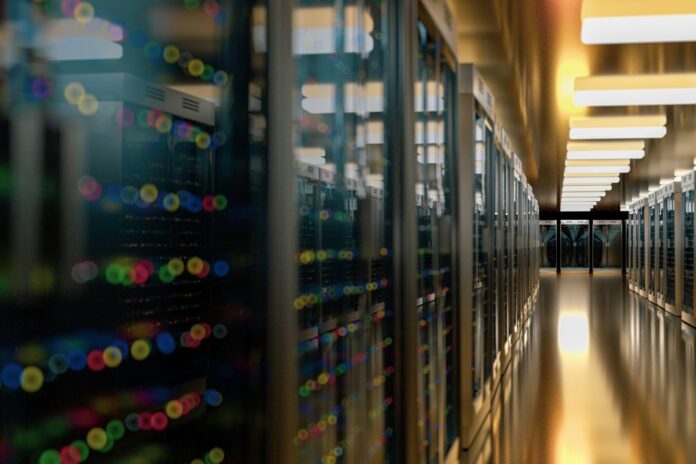The Finnish vendor’s earning report was worse than expected, but not as bad as last time as it gears up for other sectors
For Q3, Nokia reported a 9% rise in its Q3 operating profit, although this was in part due to cutting costs to the tune of about €500 million gross. Its net sales were below expectations by 8%, falling to €4.27 billion in the quarter. Market expectations for the quarter were €4.76 billion.
Nokia’s CEO, Pekka Lundmark, had forecast “meaningful improvement” in sales in the second half of the year. He acknowledged that growth was slower than anticipated, but Q3 figures are better than Q2 which saw sales drop 18% year-on-year and operating profit fall 32%.
Like its rival and fellow-Nordic Ericsson, whose earnings were also announced this week and not exactly cheery either – it is looking outside telecoms for growth. Ericsson via its Vonage platform is nailing its colours to an API marketplace. Nokia’s CEO said his company is looking the datacentre sector for new revenues, which is booming due to the soaring demand for compute power for AI.
Lundmark said, “There will be others as well, but that will be the number one”. Nokia openly acknowledging it cannot make a living from telecoms feels like a pivotal moment.
However, Nokia has been ramping up its AI/datacentre activities of late, such as its September deal with AI hyperscaler Coreweave. Nokia will deploy its IP routing and optical transport equipment globally as part of its backbone construction, which will begin immediately for Coreweave’s datacentres in the US and Europe. Lundmark noted, “They have now taken pretty much our entire portfolio, both on the IP side and optical side. And as we know, AI is driving new business models, and one of the business models is clearly GPU-as-a-service.”
He highlighted the fact that T-Mobile mentioned GPU-as-a-Service at Deutsche Telekom’s Capital Markets Day last week and pointed to opportunties with hyperscaler and smaller datacentres.
Nokia expects to close its $2.3 billion purchase of optical vendor Infinera in the first half of 2025. After it is finalised, the vendor promises a Capital Markets day in which it will outlines it plans for growth in sectors outside telecoms.
Lundmark said that Nokia already has considerable experience with datacentres IP-wise and the Infinera deal will increase exposure on the optical front as although datacentres rely on GPUs, the also depend on optical networks to support AI workloads. He elaborated that optical networks increasingly will not only provide links within datacentre links but also between them, in “extremely high volumes”.
Today Nokia and Polish telco Netia announced a successful proof of concept of quantum key distribution technologies between datacentres in Warsaw and Jawczyce. The encryption ran on Nokia’s commercial DWDM PSS1830 system.



